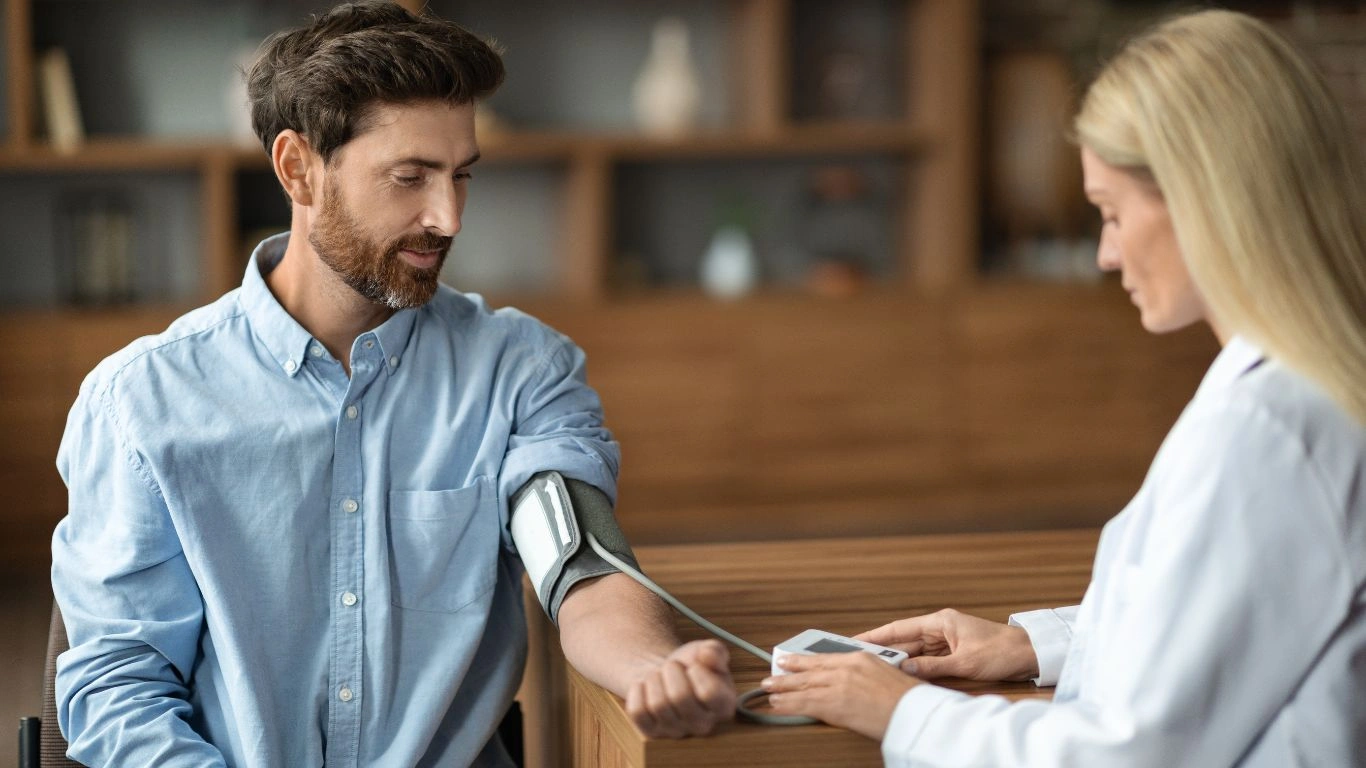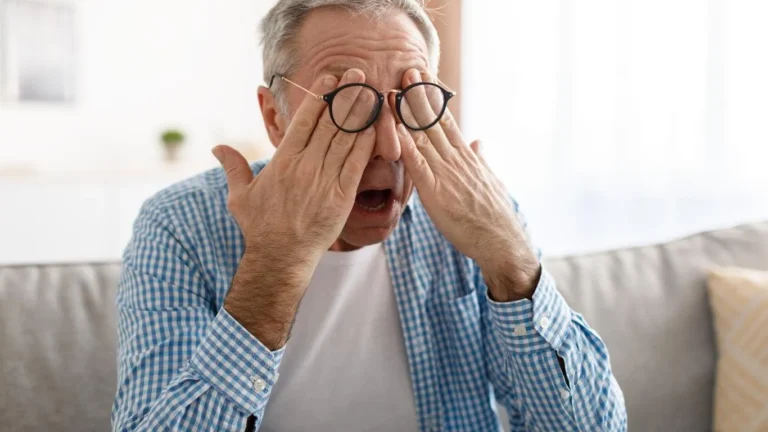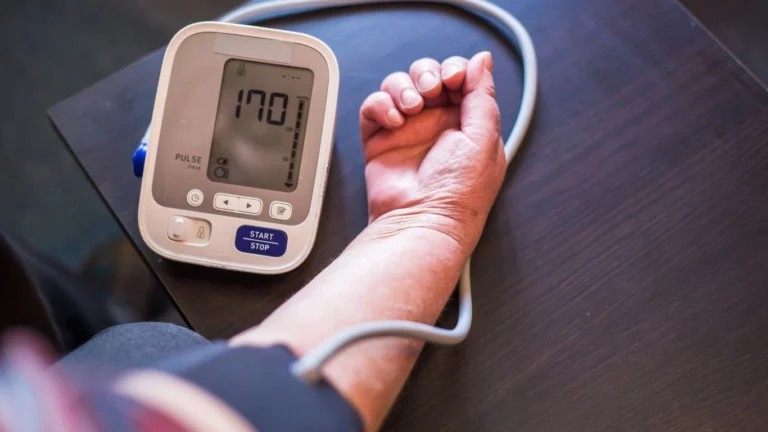Blood Pressure and Frequent Leg Cramps: Hidden Causes & Smart Fixes
If you’ve been dealing with blood pressure and frequent leg cramps, you’re not alone—and no, it’s not just “getting older.” As an internal medicine physician who’s spent years managing hypertension, I’ve had countless patients bring this up in appointments: “Doc, my meds are working, but my legs cramp up like crazy at night.” Sound familiar? These two issues—though seemingly unrelated—are more connected than most people realize. And yes, there’s a lot more going on beneath the surface than just dehydration or overexertion.
What’s the Connection Between Blood Pressure and Frequent Leg Cramps?
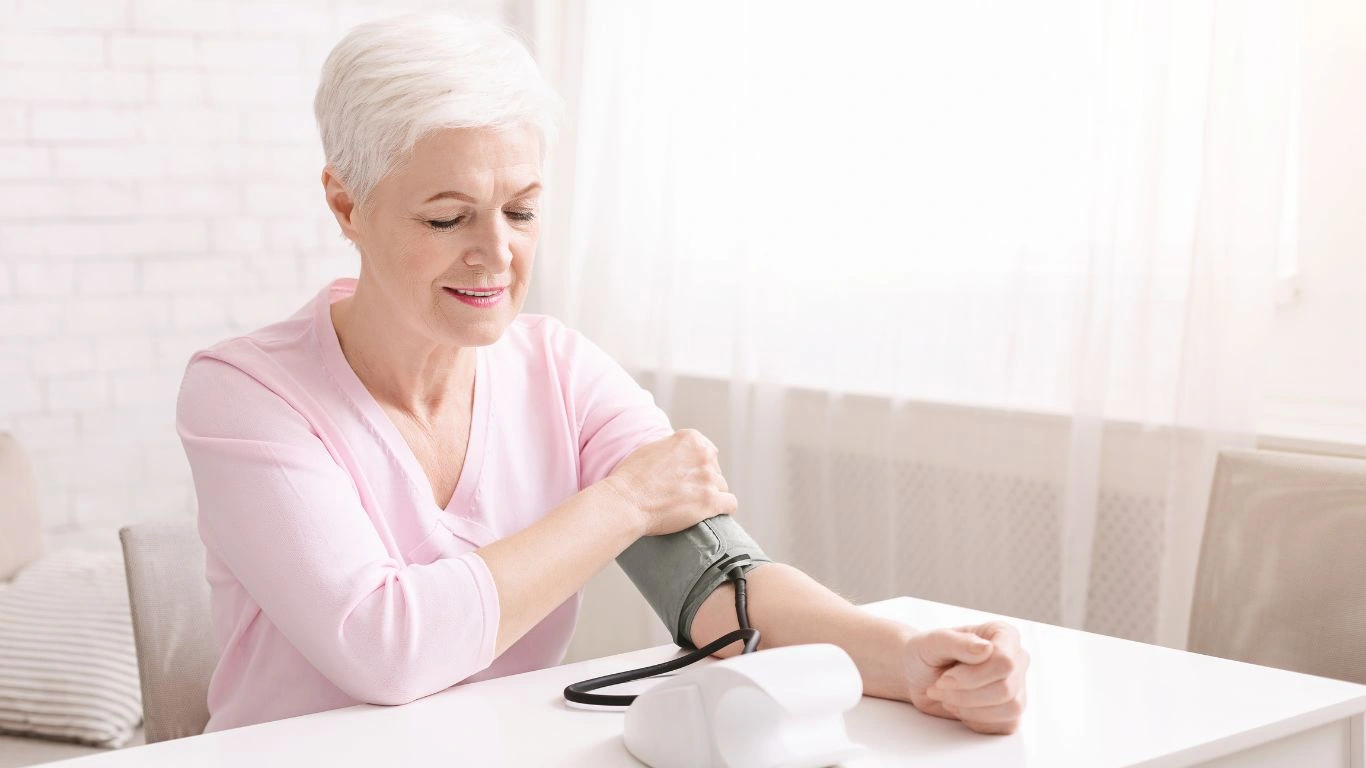
At first glance, blood pressure and leg cramps seem like they’re from two different planets. But dig a little deeper, and you’ll see why patients dealing with high or even low blood pressure often complain about muscle cramps—especially in the calves or feet. When I think back to my early residency days, I remember seeing patient after patient charted with hypertension, and at least a third would mention leg cramping as an “extra complaint.” Back then, it was chalked up to statins or aging. Now? We know better.
The Role of Circulation
Your leg muscles need a steady, healthy blood supply to function—and more importantly, to recover. If blood pressure is poorly controlled (too high or even too low), circulation can be compromised. And when the flow slows down or becomes irregular, that’s when you feel that nasty, sudden spasm at 3 a.m.
- High blood pressure can damage small blood vessels over time, especially in the legs.
- Low blood pressure (especially from overmedication) can lead to under-perfusion, where muscles just aren’t getting enough oxygenated blood.
- Medication-induced cramps are also very real—especially from diuretics like hydrochlorothiazide.
And here’s the kicker—these cramps often show up when you’re at rest, not when you’re active. One of my longtime patients, 62-year-old Marvin, used to bike five miles a day. After we adjusted his blood pressure meds, he called me and said, “Doc, the cramps started the day after. Can’t sleep!” Spoiler alert: it wasn’t just coincidence. We had to fine-tune both his dose and timing.
Are Your Medications the Culprit?
If you’re on blood pressure meds and suddenly battling frequent leg cramps, it might be time to review your prescription list. Some of the usual suspects include:
- Thiazide diuretics – Great for lowering pressure, but they mess with electrolytes like potassium and magnesium.
- ACE inhibitors – Generally well-tolerated, but in some folks, they cause subtle electrolyte imbalances that sneak up on you.
- Calcium channel blockers – These can affect muscle tone and fluid regulation, especially in older adults.
One thing I always stress to patients: Don’t just stop your meds. That’s how you wind up with strokes or hospital visits. But talk to your doctor—sometimes it’s a simple fix like adding a potassium-rich food or tweaking the med schedule.
Why Potassium and Magnesium Matter More Than You Think
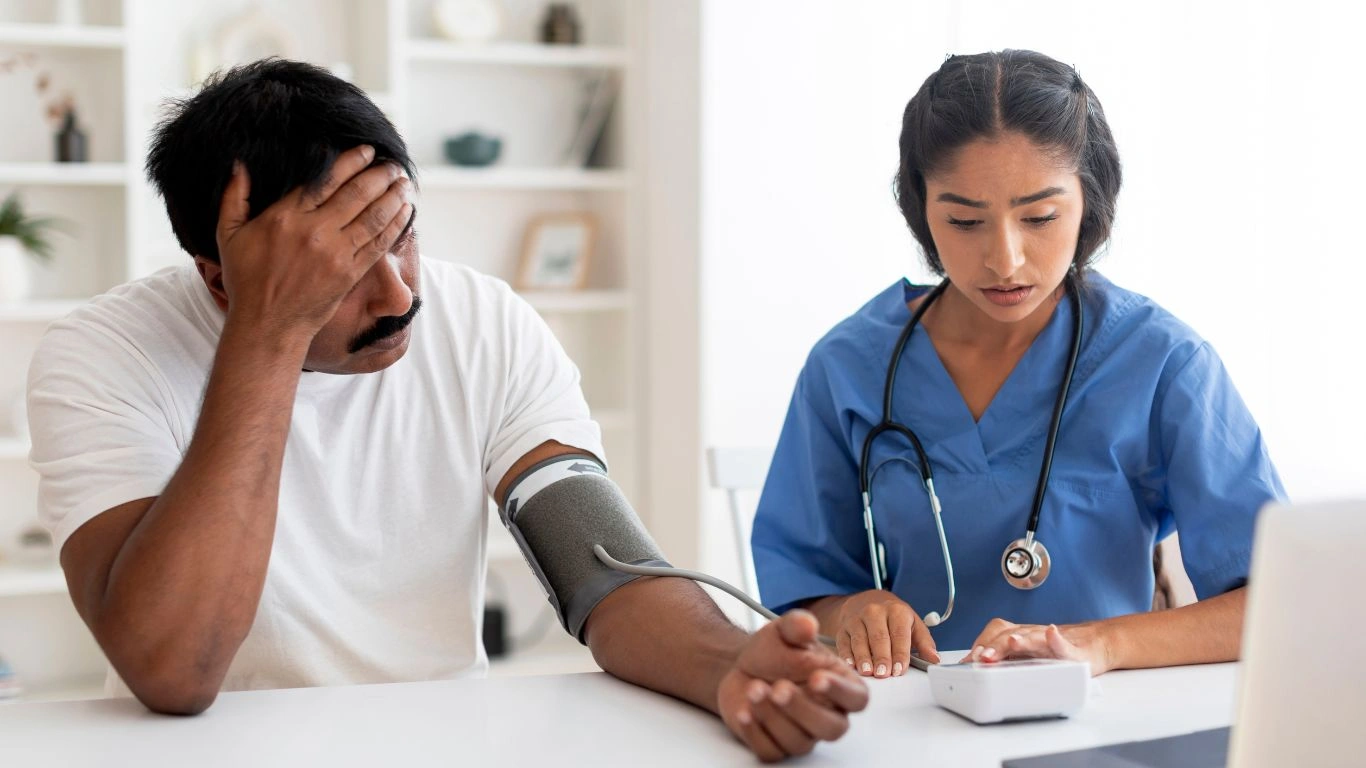
Let’s talk minerals for a sec. Potassium and magnesium are the unsung heroes when it comes to both blood pressure regulation and muscle health. These two work hand-in-hand to relax blood vessels, regulate nerve function, and prevent those annoying charley horses.
I often ask my patients to bring in a week’s worth of their food log. I can’t tell you how many times I see diets low in potassium—thanks in part to low-carb trends and processed foods. Magnesium? Even worse. And if you’re on a diuretic, you’re probably losing both faster than you can replace them.
Here’s a quick hit list of go-to foods I recommend to my hypertensive crampers:
- Avocados (potassium powerhouse!)
- Spinach and leafy greens
- Bananas (yes, but don’t overdo it if you’re diabetic)
- Pumpkin seeds and almonds
- Low-fat yogurt and kefir
Pro tip from my clinic days: keep a magnesium supplement in your rotation if you’re getting nightly leg cramps and your labs are low-normal. Just make sure your kidney function is stable—don’t go rogue with magnesium if you have CKD (chronic kidney disease).
How Dehydration and Weather Changes Worsen the Cycle
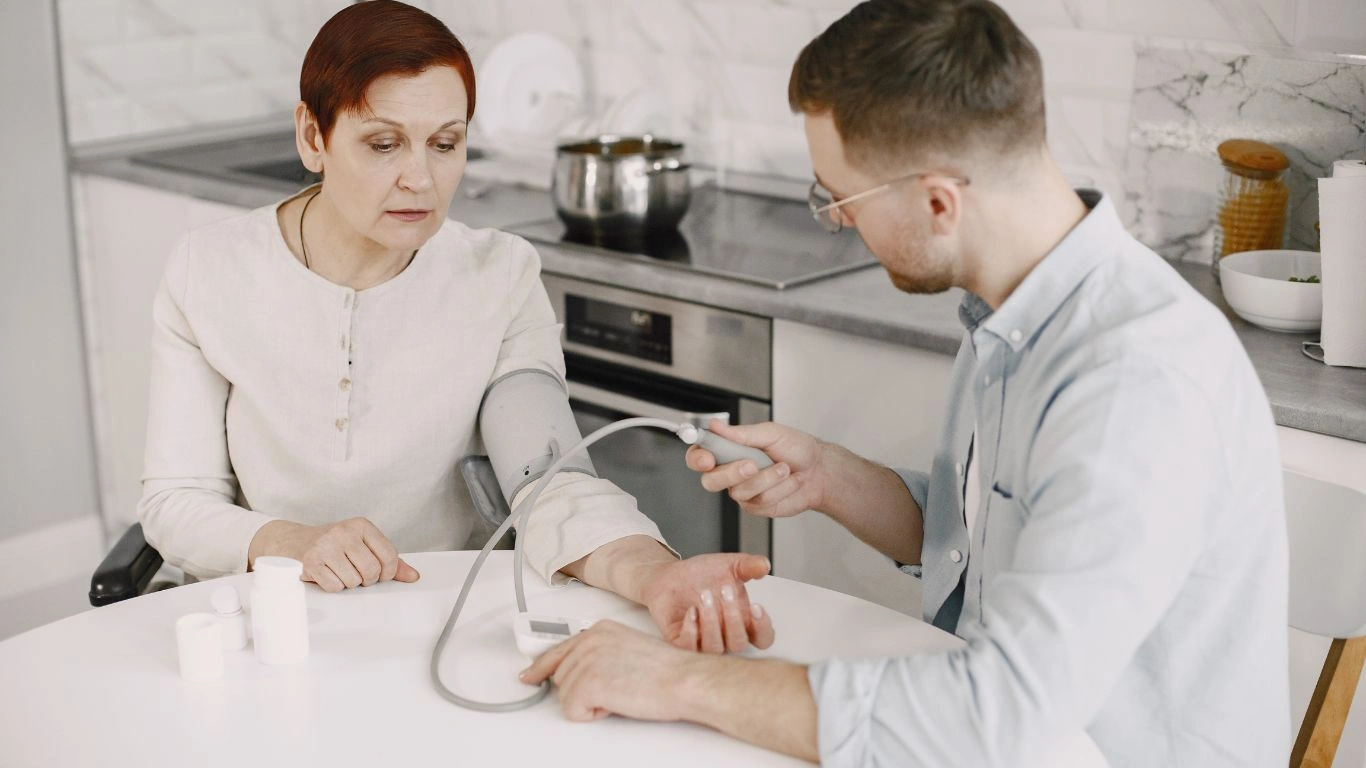
This one’s sneaky. A patient once said to me, “I only cramp in summer, never in winter.” Bingo. Hot weather pulls more water out of your system, and with it, those key electrolytes. Combine that with a diuretic or poor fluid intake, and bam—you’ve got a recipe for calf cramps at midnight.
Hydration is more than just “drink more water.” If you’re losing salt, potassium, or magnesium, plain water might not be enough. That’s where adding a pinch of sea salt or sipping electrolyte drinks (the low-sugar ones, please!) can make a difference—especially if you’re active or live in a hot climate.
But here’s the plot twist: overhydration can also mess you up. Drinking gallons of water without electrolyte support can actually flush out the minerals your muscles need to function properly. It’s all about balance, and unfortunately, the body’s not great at sending clear signals when it’s off.
Could Nerve Issues Be Fueling the Fire?

Here’s something that often flies under the radar: when we’re talking about blood pressure and frequent leg cramps, we can’t ignore nerve health. You see, healthy nerves are crucial for muscle function. And guess what? Chronic high blood pressure can eventually lead to peripheral artery disease (PAD), which not only impacts circulation but also affects nerve endings over time.
One of my patients, Helen, a retired schoolteacher with long-standing hypertension, came in complaining of stabbing, tight calf cramps that would wake her up multiple times a night. Her blood pressure was well-controlled, but a quick Doppler scan revealed decreased blood flow—and more importantly, signs of nerve irritation likely worsened by reduced oxygen supply. These kinds of subtle, creeping complications are exactly why we have to take that connection seriously.
Signs That Nerves May Be Involved
- Cramps accompanied by tingling, burning, or numbness
- Symptoms worsen with walking or climbing stairs
- Poor wound healing on the legs or feet
- Legs feel cold or pale even in warm environments
Sound familiar? It might be time to ask your doctor about testing for PAD or even early neuropathy—especially if you’ve been managing hypertension for years.
Exercise: The Good, The Bad, and The Surprisingly Helpful

Now let’s talk movement. I can’t tell you how often people assume that rest is the cure for leg cramps. But truth is, some targeted exercise can do wonders—not only for your legs but also your blood pressure. It’s all about how you move.
For patients with high blood pressure and frequent leg cramps, I usually recommend low-impact, circulation-boosting activities. Think walking, stationary cycling, swimming, or chair yoga. Stretching before bed is an underrated gem—especially for the calves and hamstrings.
Easy Leg Cramp Prevention Moves You Can Try Tonight
- Toe raises while brushing your teeth—great for circulation!
- Wall calf stretches—hold for 30 seconds per leg
- Ankle circles—perfect for loosening up tight feet and lower legs
- Legs-up-the-wall pose—eases venous pressure and relaxes tired legs
One tip I picked up during my own after-hours clinic stretch classes (yep, we did that once a week for seniors!)—keep a rolled-up towel at the foot of your bed. Use it to stretch your calves before sleep. Works like magic for some folks.
Nighttime Leg Cramps: Why Timing Matters
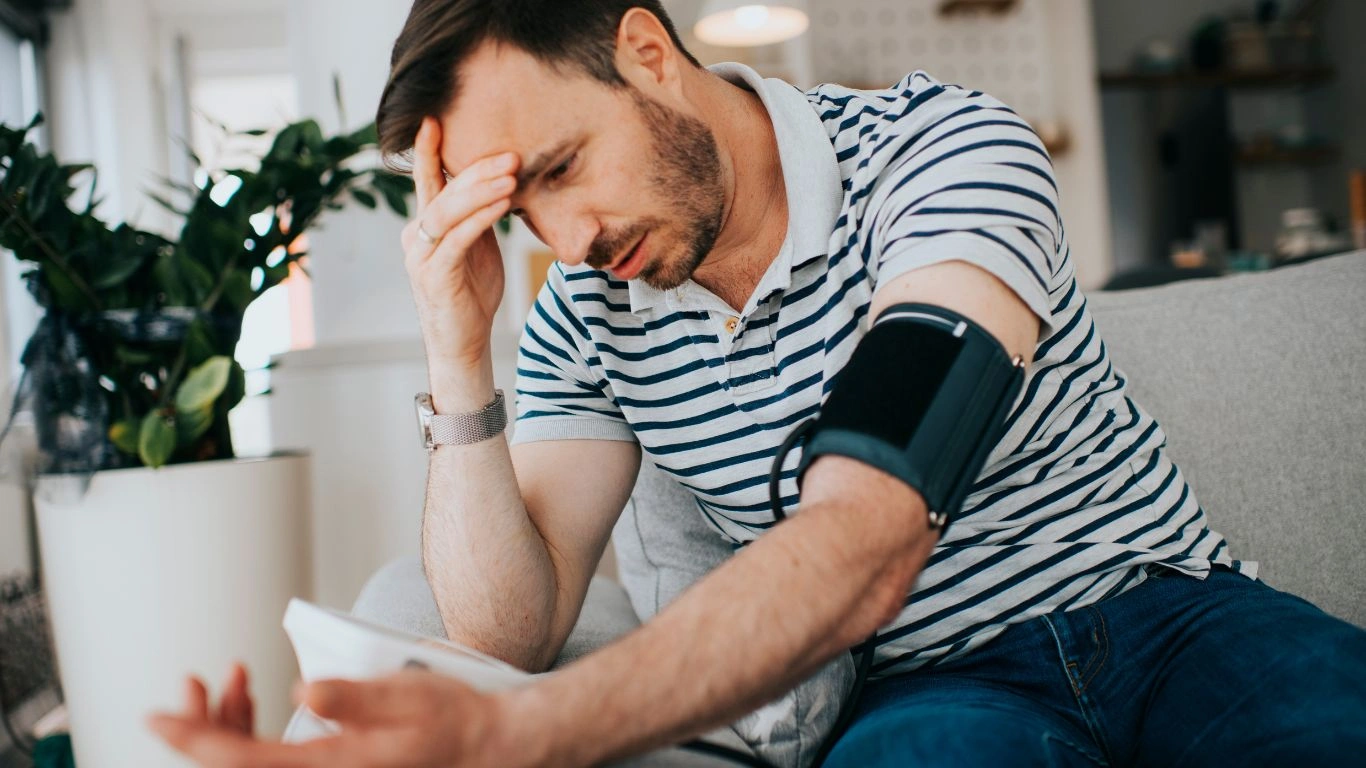
Ever notice how the cramps almost always strike at night? There’s a reason for that. At night, your body’s blood pressure naturally dips—a process called nocturnal dipping. If you’re on meds that lower it even further while you sleep, that dip can become a dive, reducing perfusion to your legs. Boom: muscle spasms, tightness, and interrupted sleep.
It’s one of the reasons I often adjust the timing of antihypertensives for patients with this issue. Sometimes, simply switching a medication to the morning (or splitting a dose) improves things dramatically. A well-timed banana and a bit of stretching can’t hurt either.
Also, let’s not forget about electrolyte rhythm. Your body tends to lose potassium overnight—especially if you’re a light sweater or on certain meds. And if you’ve skipped dinner or had something carb-heavy but electrolyte-poor, your mineral balance could be off just enough to trigger cramps.
Supplements: Worth the Hype or Just Expensive Placebos?

This is one of the most common questions I get in clinic: “Should I take magnesium for cramps?” The short answer? Maybe. The long answer? It depends. Magnesium can help with both frequent leg cramps and blood pressure regulation, but only if you’re deficient—or borderline.
Here’s what I usually suggest when considering supplements:
- Check labs first—especially magnesium, potassium, and kidney function.
- If you’re low-normal or on diuretics, a magnesium glycinate or citrate supplement may help.
- Always choose a reputable brand—no mystery blends or mega doses.
- Avoid magnesium oxide—it’s poorly absorbed and often just causes diarrhea.
Potassium supplements, on the other hand, are trickier. They can be dangerous if used inappropriately, especially for those with any kidney issues. I almost always steer patients toward dietary potassium instead—think sweet potatoes, lentils, tomatoes, and squash.
And don’t forget about B vitamins and vitamin D. Deficiencies here can also contribute to muscle irritability and cramping, particularly in older adults. I’ve had more than a few patients feel way better after correcting low B12 or borderline D levels.
Let’s Talk Footwear and Ergonomics

Okay, this one’s a sleeper hit. When was the last time you really evaluated your shoes? I mean, really? I had a patient—fit, healthy, runner-type—who kept getting leg cramps, especially post-workout and in the evenings. Turns out his sneakers were old and lacked arch support. Changed shoes, cramps gone in a week. No meds required.
For anyone with high blood pressure, poor circulation, or cramp issues, supportive footwear is key. Especially if you’re standing or walking a lot. Inexpensive insoles can make a world of difference. Also, don’t overlook:
- Compression socks (moderate—not medical grade unless directed)
- Foam rollers for calf muscles and IT bands
- Foot massage tools or tennis balls under the desk
Your legs do a lot of heavy lifting, literally. Give them the support they need, and they’ll return the favor tenfold.
Could Hidden Conditions Be Making Things Worse?

Sometimes, even after adjusting meds, boosting hydration, stretching religiously, and eating potassium-rich foods, the leg cramps just don’t quit. That’s when I start looking a little deeper. There are several sneaky culprits that can make both blood pressure and frequent leg cramps worse—yet they often fly under the radar.
Thyroid Disorders
Both hypothyroidism and hyperthyroidism can affect muscle health. Low thyroid function in particular can cause muscle weakness, sluggish circulation, and—you guessed it—cramps. I’ve had patients who were sure their cramps were just from meds or age, but surprise… their TSH was off the charts. Once we corrected their thyroid levels, those “random” cramps settled down.
Sleep Apnea
This one’s tricky. Poor sleep from undiagnosed sleep apnea leads to hormonal imbalances, cortisol spikes, and worsened blood pressure. And while it’s not a direct cause of leg cramps, it contributes to poor recovery, electrolyte imbalance, and worsens circulation. If your partner says you snore like a freight train or you wake up exhausted even after 8 hours, it might be time for a sleep study.
Spinal Issues
Lumbar spine problems, including herniated discs or spinal stenosis, can cause radiating leg pain and muscle spasms—often mistaken for regular cramps. It’s usually position-related, worse with standing or sitting too long. If the cramps are always one-sided, radiate, or come with numbness, don’t just treat it like a potassium issue—get that spine checked.
Real-World Strategies from the Clinic
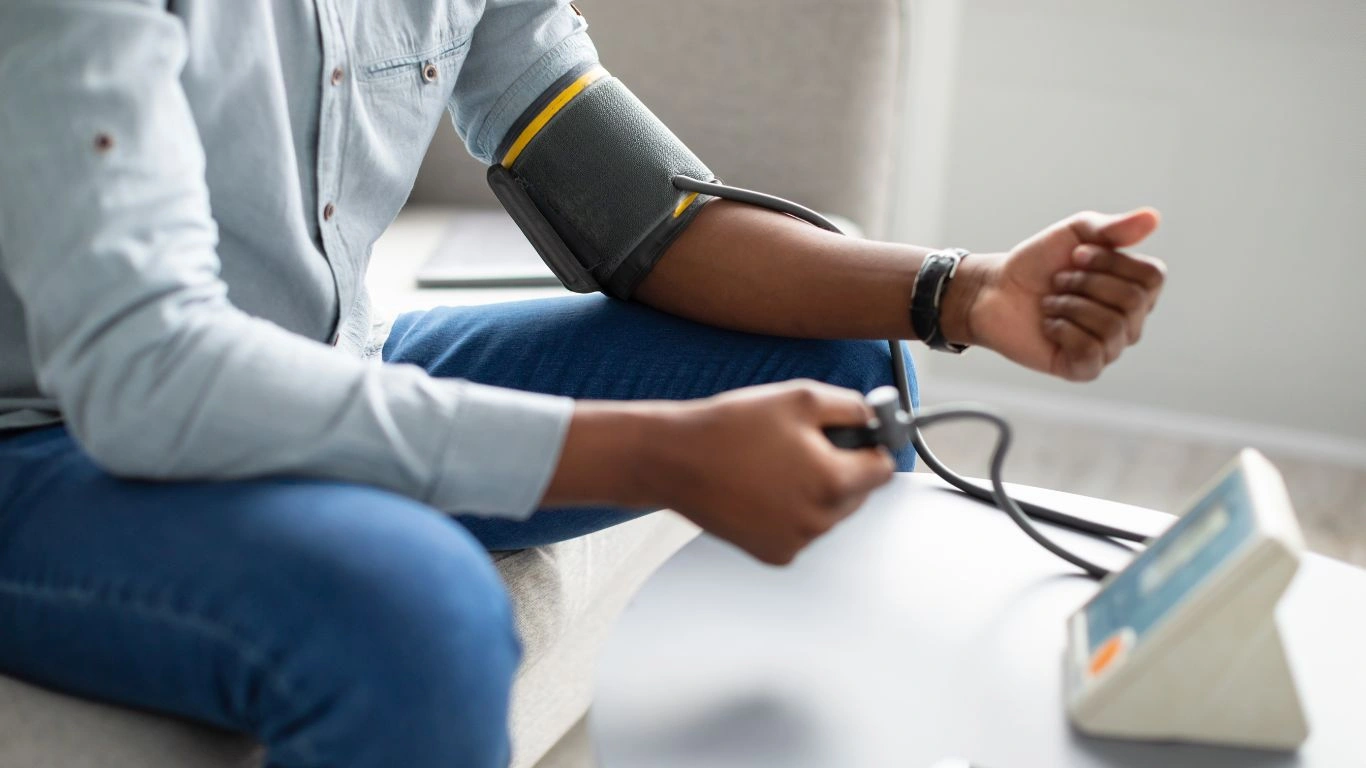
Alright, so let’s pull this all together. When I work with patients dealing with both high blood pressure and those frustrating leg cramps, it usually takes a multi-angle approach. No magic pill, but some consistent tweaks add up fast.
Here’s what a typical “cramp-busting” plan might look like:
- Review all current medications — especially diuretics and nighttime BP meds.
- Check labs — magnesium, potassium, calcium, B12, thyroid, and kidney function.
- Add light evening stretching and calf exercises — even just 5–10 minutes.
- Switch to electrolyte water if the patient is on a diuretic.
- Encourage potassium-rich meals — lentil soup and avocado toast are always hits!
- Use compression socks during the day if swelling or venous insufficiency is a concern.
- Explore alternative meds if cramps remain severe and meds are the likely trigger.
And let me tell you, the feedback from patients who commit to just 2–3 of these consistently? Night and day. Literally. I had one patient email me, “Doc, I finally slept through the night without waking up screaming. I didn’t think that was possible anymore.”
Quick FAQs I Get All the Time
Can I just take a potassium supplement and be done with it?
Not so fast. Potassium needs to be managed carefully. Too much can be dangerous, especially if you have kidney issues or are on certain BP meds like ACE inhibitors or ARBs. It’s safer to get potassium from whole foods unless your doctor tells you otherwise.
What’s the best time to take blood pressure meds if I get leg cramps at night?
This really depends on your med regimen. In many cases, moving a diuretic to the morning or splitting the dose can help. If you’re on a med that causes significant BP drops at night, your provider might suggest adjusting timing or changing the medication altogether.
Is tonic water legit for cramps?
It used to be. Tonic water contains quinine, which does help with muscle cramps, but most modern brands don’t have enough to make a difference—and quinine comes with side effects. It’s best not to rely on it as a solution.
When to Talk to Your Doctor
If you’re experiencing leg cramps more than a few times a week, especially if they’re disrupting your sleep or affecting mobility, it’s time to check in. Bring a detailed symptom diary with:
- Time of day the cramps occur
- Where the cramp happens (calf, foot, thigh, etc.)
- How long it lasts
- Any triggers (activity, position, hydration)
- What helps or worsens it
This helps your provider pinpoint the issue faster—and avoid guesswork. You’d be surprised how much clarity we can get from a simple pattern analysis.
Helpful Resources and References
- Mayo Clinic
- Cleveland Clinic
- American Heart Association
- National Institute of Diabetes and Digestive and Kidney Diseases
Each of these sites offers detailed, trustworthy information on hypertension, muscle cramps, nutrition, and related conditions. I often refer patients to them for easy-to-read breakdowns and printable guides.
Disclaimer
Disclaimer: The information provided in this article is intended for educational purposes only and is not a substitute for professional medical advice, diagnosis, or treatment. Always consult your physician or other qualified healthcare provider with any questions you may have regarding a medical condition. Do not disregard professional advice or delay in seeking it because of something you have read here.

Dr. Gwenna Aazee is a board-certified Internal Medicine Physician with a special focus on hypertension management, chronic disease prevention, and patient education. With years of experience in both clinical practice and medical writing, she’s passionate about turning evidence-based medicine into accessible, actionable advice. Through her work at Healthusias.com, Dr. Aazee empowers readers to take charge of their health with confidence and clarity. Off the clock, she enjoys deep dives into nutrition research, long walks with her rescue pup, and simplifying medical jargon one article at a time.
